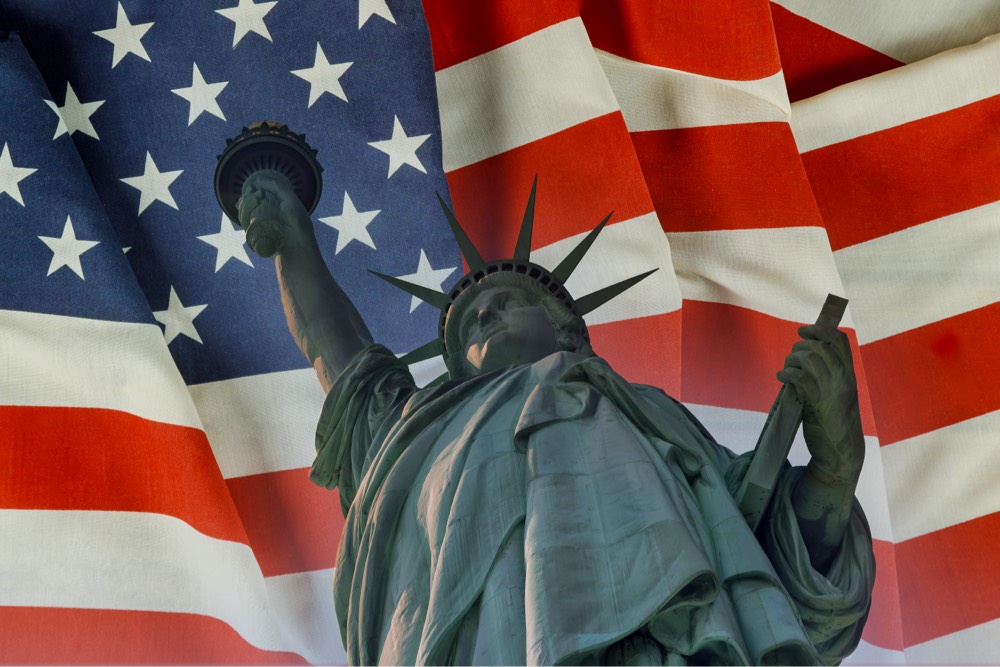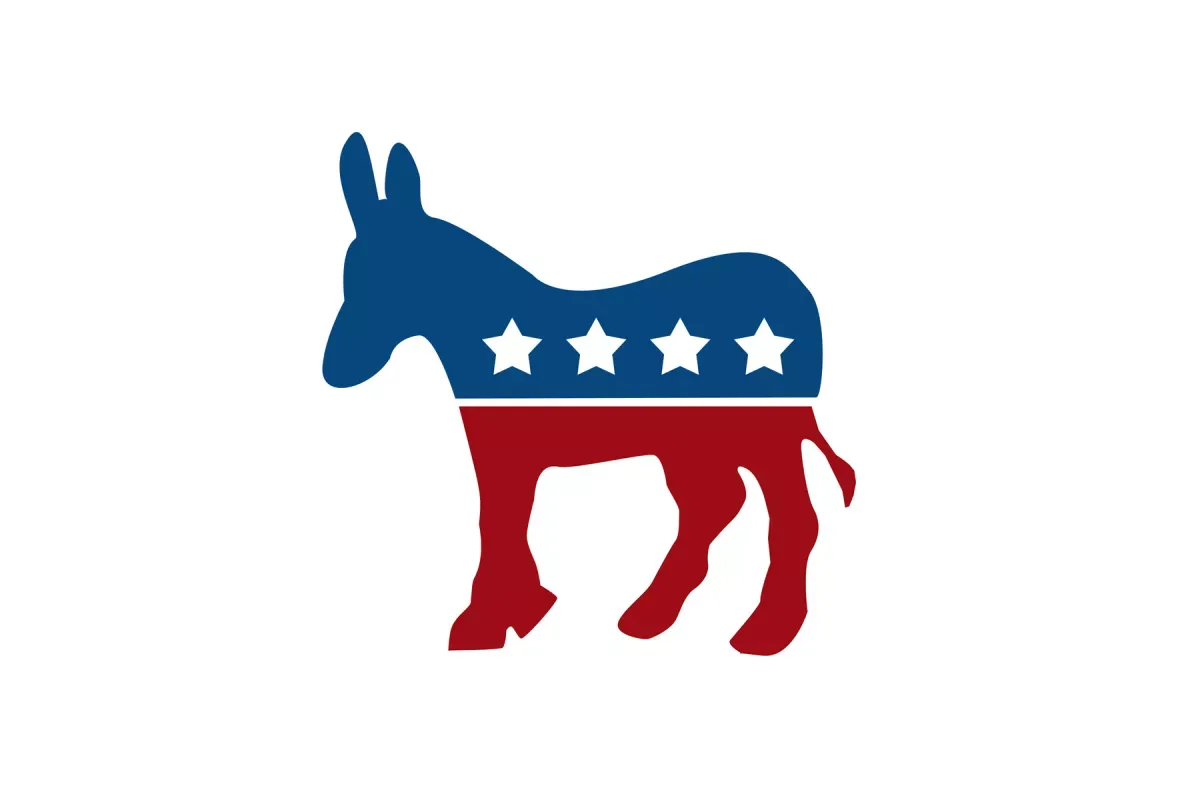This piece is published with the generous permission of John Della Volpe. To read more of his outstanding writing and analysis, visit JDVonGenZ+.
By John Della Volpe
In the simplest terms, when the Democratic party nominee for president garners 60% of the youth vote, Democrats win. Otherwise, it’s ugly for them.
Building from a foundation of:
means there’s a tremendous opportunity for the national Democratic Party to build upon recent efforts and lock down the youth vote in 2024 and beyond.
In 2020, President Biden flipped five battleground states in large part due to the combination of record-level turnout and youth support. Voters aged 45 and older chose Trump in Arizona, Georgia, Michigan, Pennsylvania, and Wisconsin. President Biden won the under-30 cohort by roughly a 20-point margin and millennial voters in their 30s by high single digits.
In 2022, Democrats again lost voters over the age of 45; it was near record level turnout and double-digit margins among Zoomers and millennials across nearly every battleground state that propelled Democratic Senate and House candidates.
However, despite the high youth engagement levels in the Trump/Zoomer era and support for a progressive agenda -- we must not assume that 2024 will yield the same results.
Nearly every sign that made me confident in historic levels of youth participation in 2018, 2020, and 2022 — is now flashing red. Twenty-plus years of directing the Harvard Youth Poll taught me that the ground is more fertile for voting when youth believe voting makes a tangible difference.
And while there’s more than a year before even the party conventions take shape, daylight’s burning for a political party that needs youth to win today and maintain and grow an electoral edge in the years ahead.

While the 18-to-29-year-old youth cohort is becoming more progressive in their values, relative to Spring 2019, fewer are:
While all of this could change in the months ahead; none of this is good for the party in power. None of this is good for our democracy. Below I break it down by young Black, Hispanic, and white voters.
While older Black voters in South Carolina are credited with delivering the nomination to Joe Biden in 2020, Democrats today find it significantly more challenging to engage and win over the younger Black electorate. In the last four years, the number of young Black men and women who identify as Democrats has declined a jaw-dropping 15 percentage points, from 64% to 49%. Less than half approve of the President’s job performance — and more than half question the efficacy of political engagement today. Moreover, the percentage of those likely to vote has declined from 50% in 2019 to 42% today.

In the last four years, Democrats have given up 10 points of their margin to Republicans in party ID among young Hispanic and Latino voters; what was once a 36-point margin (47% Democrats, 11% Republican) is now 26 points (41% Democrat, 15% Republican).
Like young Black Americans, this group is also less likely to vote than they were four years ago — as their disappointment in government and cynicism of the system is reaching peak levels and drowning out their belief in progressive government solutions.

Even though white Zoomers and young millennials under 30 are decidedly more progressive on social issues — they’re also less likely to follow the news closely, less supportive of Democrats, and more motivated to vote than young people of color.

Democrats have had a lot of success lately; much of it despite brutal economic and historic headwinds. That’s good; they have earned it. We need to move on.
NOW is the time for Democrats to look in the mirror — and deep inside the crosstabs.
To secure the votes of Gen Z and younger millennials, who are principally driven by their values rather than transactional politics, the Democratic Party needs to:
The stakes are too high for us to settle for anything less. Our future demands it.



